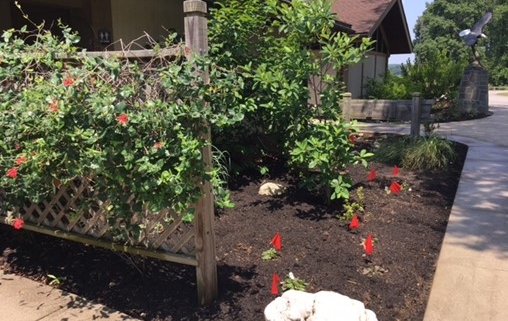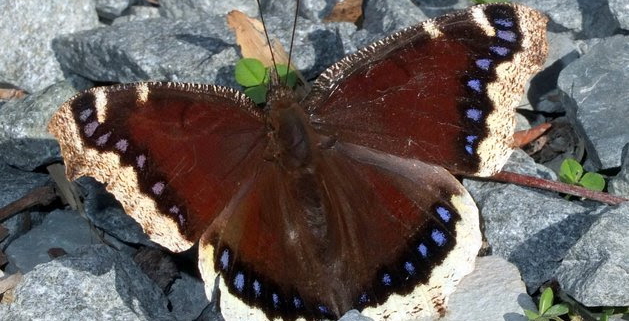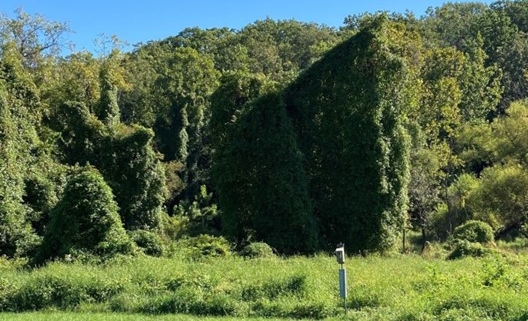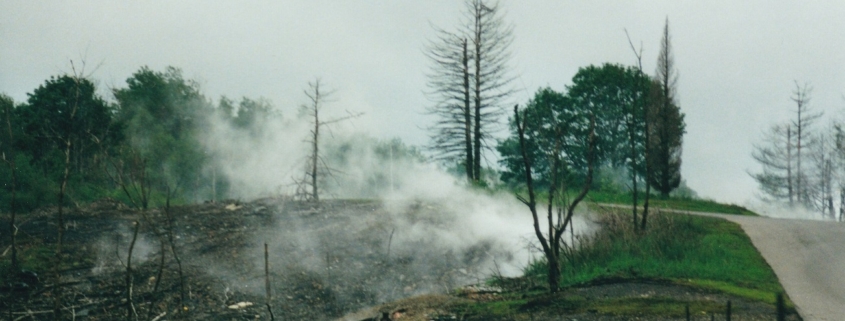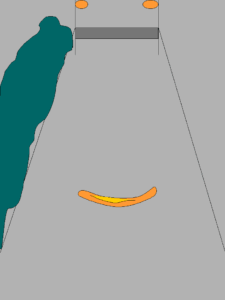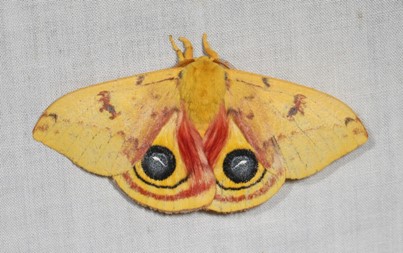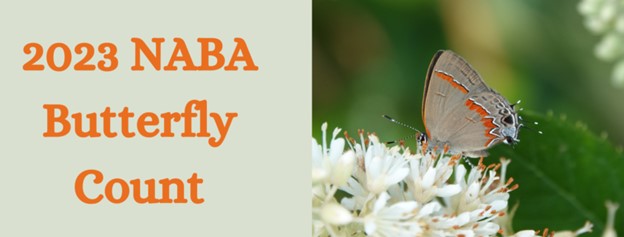Great News to Share About the FMN Chapter Project at Mason Neck State Park – Volunteers Are Still Needed
FMN Chapter Project update and photo from Sarah Mayhew, President, Fairfax Chapter Virginia Master Naturalists:
After three very busy workdays, the Mason Neck State Park Pollinator Gardens are looking great. Fairfax Master Naturalists, working with volunteers from the Friends of Mason Neck State Park, have weeded four flower beds around the Visitors Center building. They installed 50 plants into rock hard ground. Finally, the beds were aerated with garden forks and top dressed with a 5-inch-thick layer of compost. June 17th marked the last scheduled workday. The volunteers cleaned out two of the rain barrels and sat up soaker hoses in two of the beds in front of the Visitors Center. A third rain barrel was examined to figure out why it wasn’t holding water. Now, it is time to switch to a “maintenance” schedule. The project will need volunteer support on the second Saturday and the second Tuesday of each month.
The project also has a focus on the Meadow or Circle Garden, which is a fenced area in the middle of the road when you drive up to the Visitors’ Center. This garden has well-established sun-loving flowers, shrubs and trees. A volunteer from the Friends has been spreading arborist wood chips in this area for several weeks. There is a need to spread some compost around the established plants to give them a boost as well as a need to help the Friends finish spreading the wood chips.
Helpful tools for this work include shovels, pitch forks, and rakes to spread the compost and wood chips. If you have a wheelbarrow or cart, please bring it to carry the compost and wood chips short distances to the Meadow Garden. Seeing a finished flower bed at the end of two hours brings great satisfaction. PLEASE, come join us, and become a part of this wonderful FMN Chapter Project! Sign up is easy; just click this link: https://www.signupgenius.com/go/20f0c4ba9a72fa6fc1-mason#/
In addition to the regular workdays, volunteers from both organizations have watered every other day to keep the seedlings alive (there are slots on Monday, Wednesday, Friday and a weekend day). This is an easy job, as the hose is right in front of the Visitors’ Center and reaches to all the beds. The Friends have done most of the watering so far. FMN volunteers are needed to help support watering the beds during weeks in July and August. It would be best to have someone claim a slot for a month, this would give the volunteer time to become familiar with the gardens. However, feel free to volunteers as your schedule will allow. Please contact Sarah Mayhew at [email protected] to volunteer for watering. When you volunteer you get free entrance into the park and can spend the rest of the day kayaking, hiking and birding. Or you can just sit, listen to the birds sing, read a good book, and admire the view across Belmont Bay. The park even provides rocking chairs!


